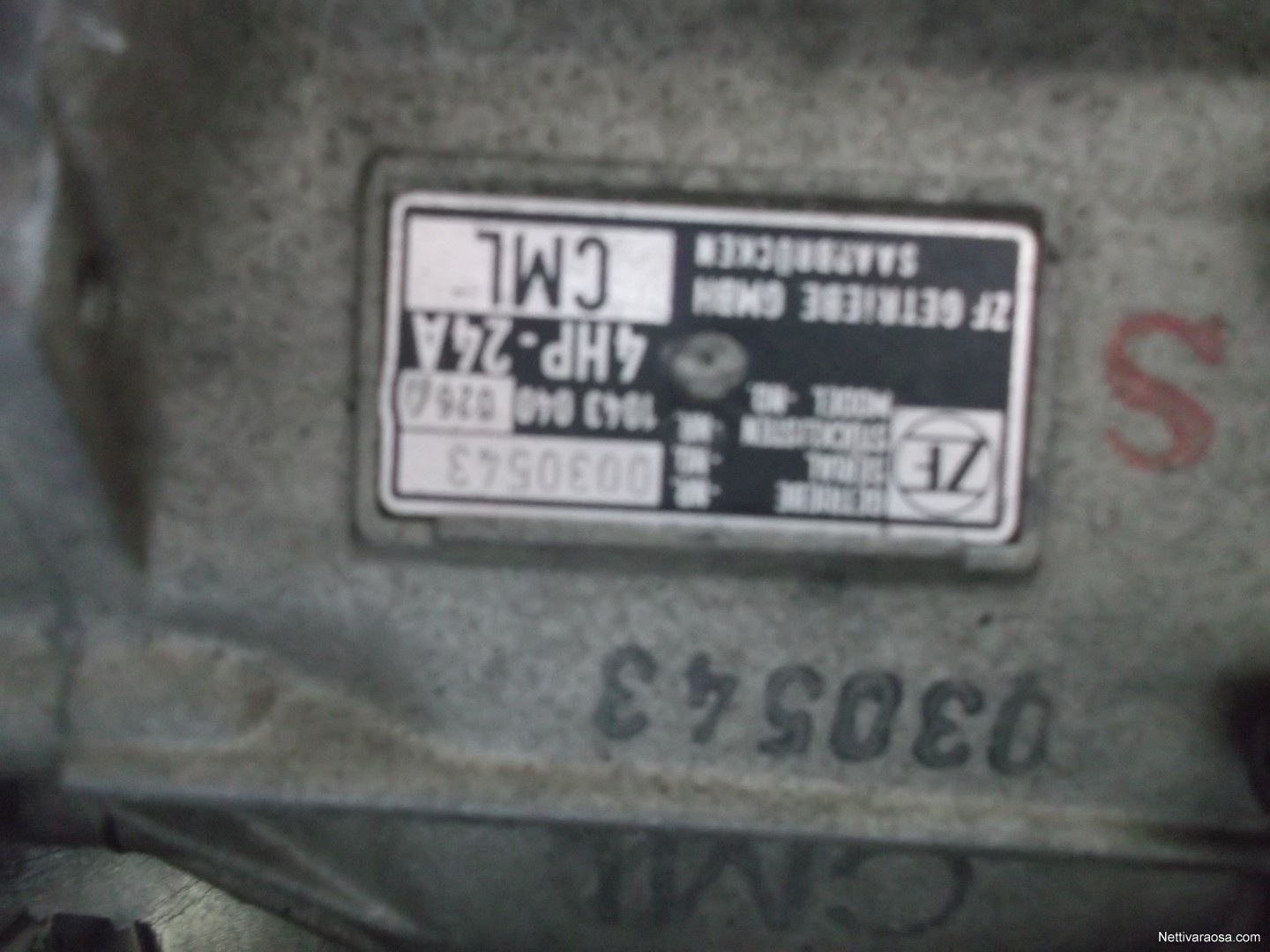
Dalloway ” should not be separated in two segments, so an exception rule should be established for Mrs (and Mr and Dr and prof etc), followed by a period.

During this process it is only the structure of the source file that is used to produce segments.įor example, text files may be segmented on line breaks, empty lines, or not be segmented at all. OmegaT first parses the text for structure-level segmentation. If sentence segmentation has been selected, you can setup the rules by selecting Options → Segmentation… from the main menu. Note that paragraph segmentation is pretty much outdated and that for the majority of projects the sentence segmentation is a choice to be preferred. In order to select the type of segmentation, select Project → Properties… from the main menu and use the available check box. OmegaT has 2 ways to segment a text: paragraph segmentation and sentence segmentation. xliff extensionĪfter you finish with these operations, the file will successfully be imported into your project. You will simply have to Add a row identical to the existing one, only with the source filename pattern changed to the one you want to use. Unfortunately the default settings of OmegaT include only the *.xlf extension, therefore you have to add the *.xliff extension by yourself by clicking the row with XLIFF files and then Edit. This problem can be easily solved by checking in file filters (Menu: Options → File Filters) if the source filename pattern for the XLIFF files includes de *.xliff extension. As you try to import a file in *.xliff format, you’ll have the surprise that the file is not recognized. What seems to draw attention from the files listed above are the XLIFF files. OmegaT can only translate files in the formats below if they match the patterns defined in the file filers. OmegaT opens the first file in the project list by default. If you have had to change the Contents of the Source folder, remember to reload the project first ( Menu: Project → Reload). To check your list of files to be translated, consult the Project Files window (Menu: Project → Project Files…, if it does not open automatically). You can import individual files, or you can import entire folder trees (with all files in all subfolders). When you click OK to accept the project set-up, OmegaT will prompt you to select the source documents to import. If you want OmegaT to segment your file in some specific way, check the Segmentation Rules or do that later on from the menu : Options → Segmentation
OMEGAT LAST UPDATES CODE
Select the language code (2 letters) or language-and-region code (2 + 2 letters) from the drop-down list, or type them in by hand. OmegaT will prompt you to confirm or change the project folders to be created, using the dialog box below: Create and open a new project This name will be used for the main project folder all the project files will be stored in this folder or its subfolders. Navigate to the folder where you wish to save the project files, and type in a name for the translation project.

OMEGAT LAST UPDATES HOW TO
And I'm also resuming studies after a 25 years gap, working on gender issues in kendo.We’ll show you how to edit the XLIFF files that WPML produces in OmegaT.
Ito Shiori La boîte noire that discusses issues of sexual abuse in Japan. Oh, and I am not just someone who crunches segments for a living, I also co-translated this book: If you have comments on the contents, suggestions, etc., don't hesitate to send a message! There are no ads on this site and I am not monetizing any of the contents.
OMEGAT LAST UPDATES SOFTWARE
As an active member of the OmegaT project, trying to promote free software solutions to Mac users, I thought creating a space where documenting and discussing "Mac" solutions would help focus the conversation away from "Windows on the Mac" discussions. I created this blog in 2007, shortly after Apple made the move to Intel processors. My wife and I operate a small translation agency in Takamatsu, on Shikoku, where we work together, while raising our children in a world that is very different from the Japanese metropolis that one can see on TV. I am Jean-Christophe Helary, a Japanese and English to French translator/localizer who's lived in Japan since 1997 and who's been on a Mac since 1995.


 0 kommentar(er)
0 kommentar(er)
